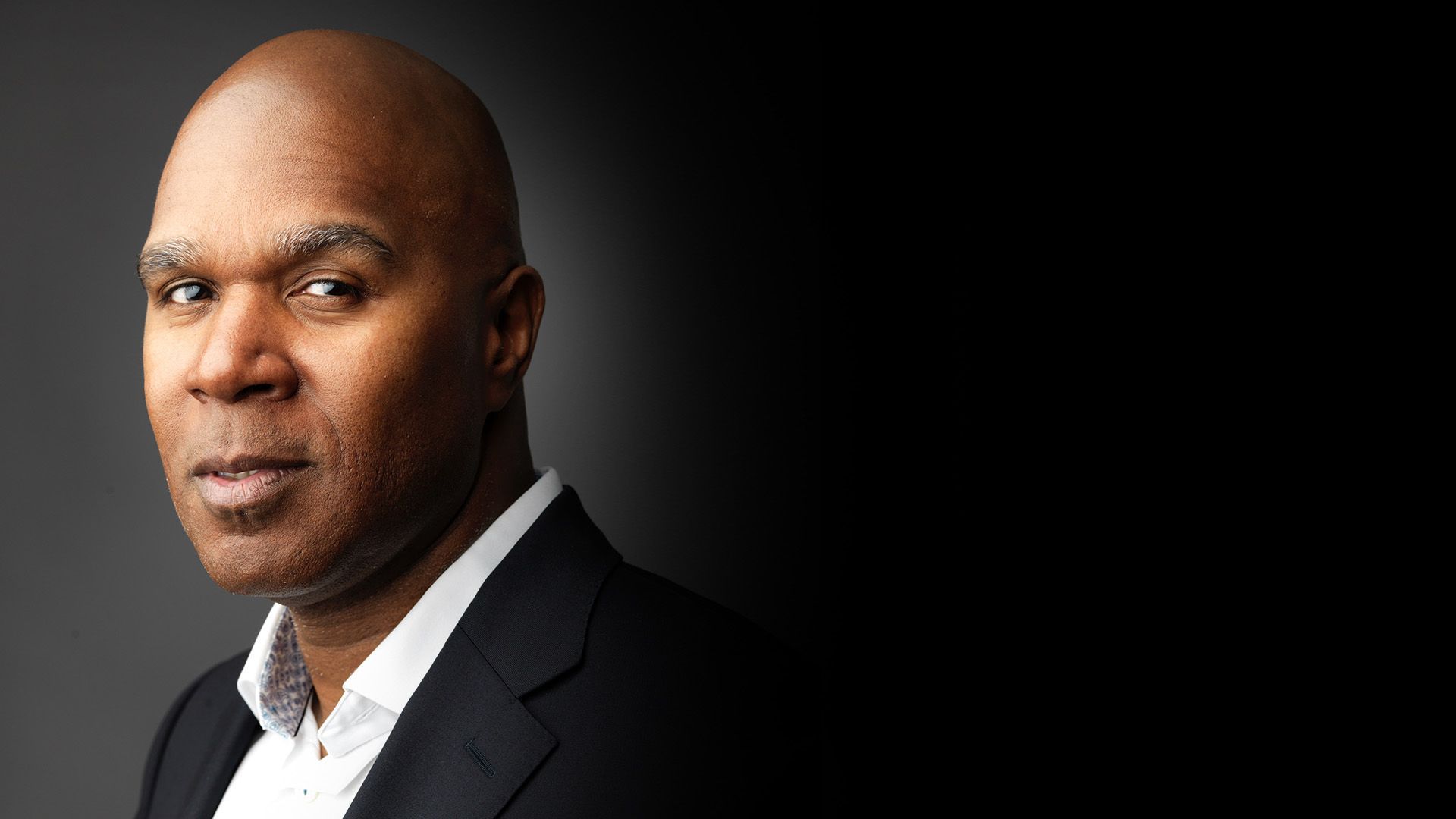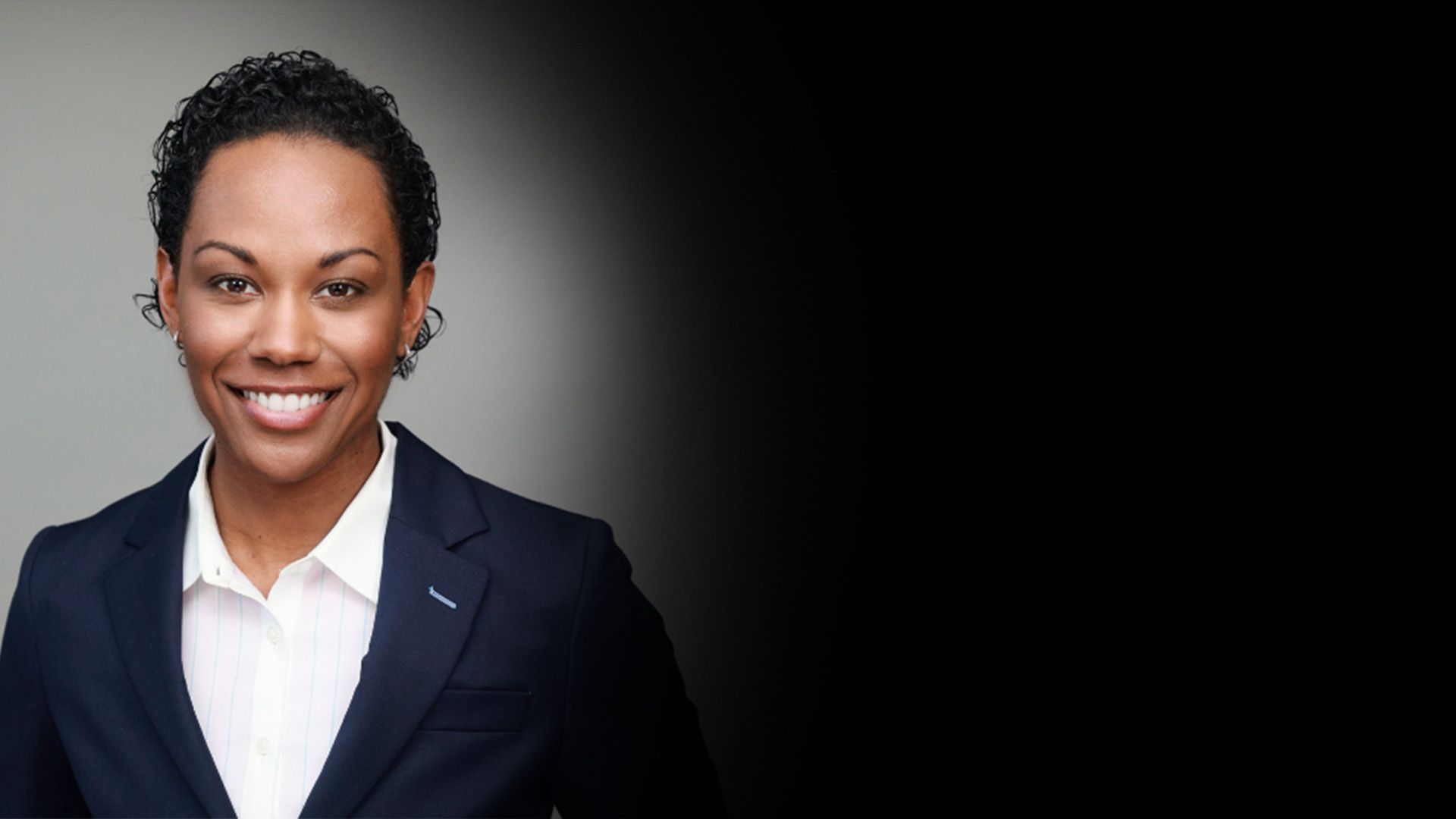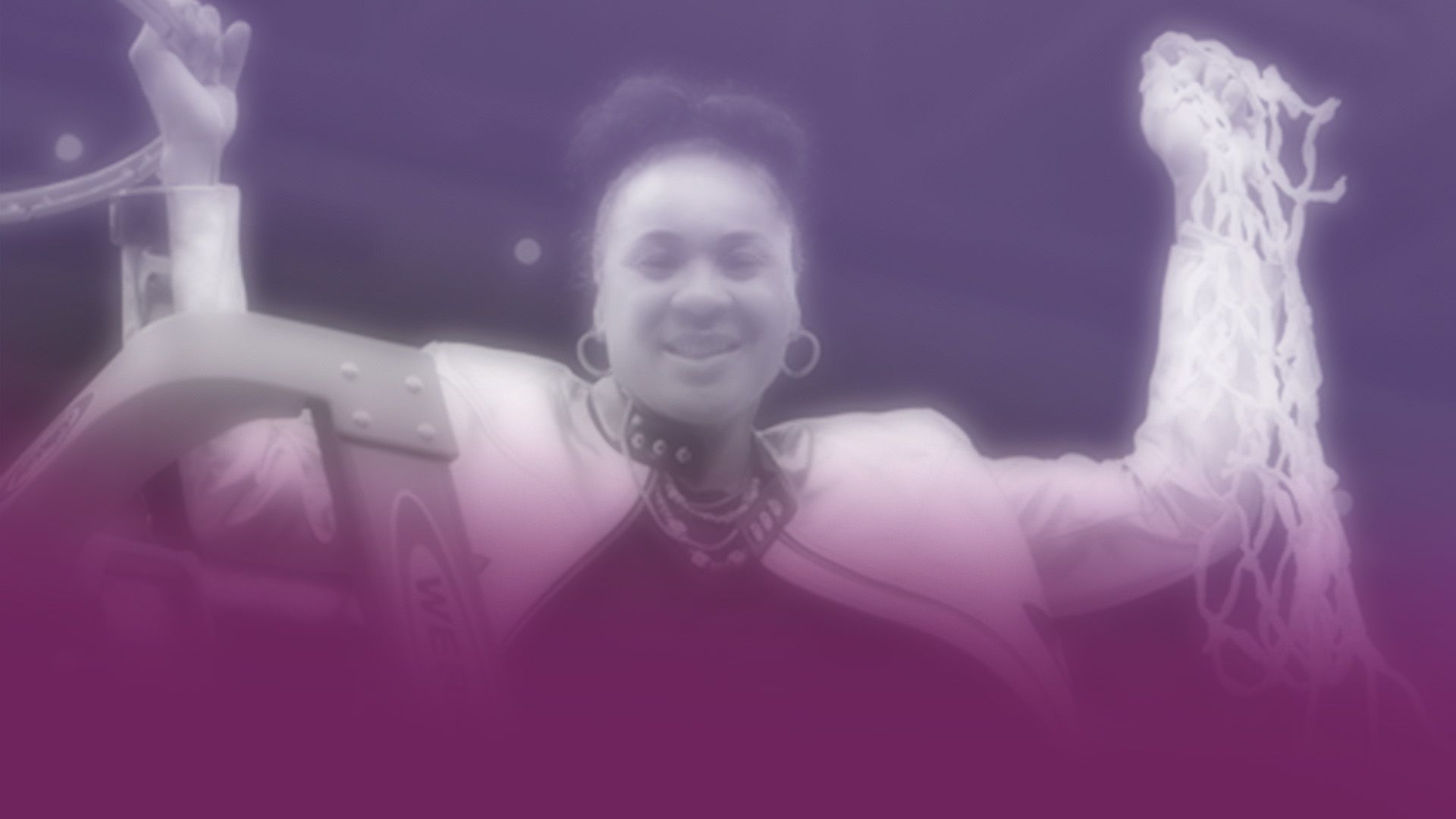How to See and Support “Invisible” Diversity
Fresh on the heels of Mental Illness Awareness Wekk, I recall how the recent suicides of designer Kate Spade and celebrity chef, Anthony Bourdain highlighted unseen issues…
Fresh on the heels of Mental Illness Awareness Week , I recall how the recent suicides of designer Kate Spade and celebrity chef Anthony Bourdain highlighted unseen issues that can affect people we think we know. In reality, mental health is just one of the “invisible” diversity issues, or private identities, that affect people every day.
You or a coworker might be a survivor of sexual assault, cancer, or criminal gang affiliation. Other issues include substance use disorder, cancer survivorship or prior incarceration. All these are the types of private identities people often are unwilling discuss, even though they impact the workplace experience as much as race, gender and other more obvious identities.
Looking Closer
In a work environment, we tend to relate to people only in terms of their titles or positions. We don’t engage at a level that might reveal private identities secretly vying for people’s attention. Looking at coworkers differently to better understand who they are can be difficult and uncomfortable.
However, it’s sometimes necessary. Those in leadership roles must increase their awareness of private identities and their potential impacts. Similarly, people who are living with invisible diversity traits need to learn how to manage themselves and possibly even “manage up” to educate superiors on what they need.
Managing others
Leaders’ responsibility is not necessarily to investigate everybody’s individual issues, but rather to be aware of potential challenges and create an environment that de-stigmatizes them.
For example, consider diversity in learning and communication styles. Many people need time to digest information on their own to generate good feedback and valuable ideas. Sending information in advance of meeting can help those people better perform and contribute in group meetings.
In a recent workshop, I heard from a recently widowed mother who found herself repeatedly late for work due to the difficulty of having to drive two children to school without her husband’s help. When her manager learned of her situation – which she’d hidden out of shame – he simply allowed her to shift her schedule to arrive and leave later each day.
Making such accommodations and removing stigma helps create a culture in which people can perform at their best. People should feel okay sharing pertinent private identities, and managers should be trained to become appropriately supportive when that happens. It’s not just about creating a feel-good environment, but rather being better equipped to recognize when patterns call for inquiry rather than discipline.
It takes courage to ask, “What’s going on? How can I support you?” With proper training, however, being observant, compassionate and proactive about invisible diversity simply becomes another leadership competency.
Managing ourselves
While leadership should enable an open and supportive atmosphere, it’s not their job to dig for the details of everyone’s life. If private identities impact your work, you must speak up. And when you do, choose your words and actions wisely.
In my own family, we’ve had to be transparent and proactive to support my son, who lives with obsessive compulsive disorder (OCD). Always a straight-A student, in private he spent extreme amounts of time checking and rechecking his work, among other unhealthy behaviors. As parents we had seek out a proper diagnosis, and today he does his share of work with a therapist to continually improve his situation. Together, we also sit down with his teachers and share a written accommodation plan that allows him to perform at his all-around best.
Advocating for Yourself
An important element in both the above stories is self-advocacy. If you find private identities negatively affecting your work, the following system can help resolve the situation.
- First, figuring out the “inner circle” of people who need to be aware. That may include people you work closely with, report to, manage, or some combination.
- Help them understand. That might mean sharing educational resources, data, or finding an expert (e.g. a doctor) who can communicate how and why your point of difference matters.
- Be crystal clear about what you need . For example, if you need more time to complete tasks, then let people know how much time. Don’t leave it up to others to figure it out or make assumptions.
- Finally, act with confidence. This means presenting yourself and your situation in a way that garners respect for your issues as a point of difference, rather than a threat to individual or team success.
Working together
When should accommodations be made? Or requested? I believe it’s circumstantial, case-by-case. I’ve discussed equity previously, which is an important part of this discussion. When equity is prioritized in an organization, there’s no problem with making accommodations that allow otherwise capable and willing workers to succeed. The myth of equality – treating everyone the same – can needlessly discourage flexibility and simple solutions.
If it’s your own private identity that needs attention, mindfulness is key. Are you looking to use your background or circumstances as an excuse for unrelated professionalism? Don’t. Not only does that damage your credibility, but it diminishes the opportunity for an empathetic environment that benefits everyone.
In seeing and supporting invisible diversity, we all must put in some extra effort. We can begin by just being willing to go beyond the surface – our own and others’. Get comfortable sharing, and let others do the same. Then, with your team in mind, take appropriate steps to make sure everyone is equipped for success.
